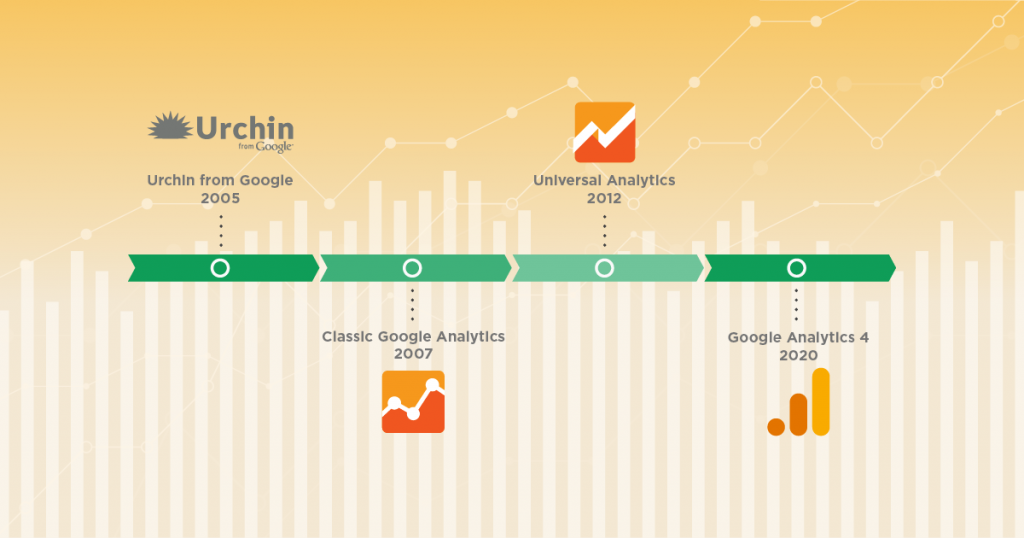When Does the Google Analytics Tracking Code Send an Event Hit to Analytics? A Deep Study Customer Communications
Master Web Site Insights With Accurate Google Analytics Monitoring Code
The effective use of Google Analytics rests on the specific execution of its monitoring code, an essential step commonly ignored by site proprietors. This apparently straightforward JavaScript snippet, when properly positioned, comes to be the backbone of data collection, supplying insights right into customer actions and website performance. Nevertheless, obstacles can develop during configuration, possibly skewing the data and resulting in misinformed choices. Recognizing these complexities is vital for making best use of the benefits of analytics. What are the common pitfalls that could threaten your tracking initiatives, and how can you make certain precision in your strategy?
Understanding Google Analytics Basics
Google Analytics is an important tool for web site proprietors and online marketers, giving vital insights into user habits and internet site performance. At its core, Google Analytics accumulates information about site visitors to a website, enabling customers to analyze metrics such as web traffic resources, user interaction, and conversion prices. Comprehending these principles is essential for maximizing a site's efficiency and improving customer experience.
The system employs cookies to track interactions, taping information such as web page views, session durations, and bounce rates. This info is accumulated and presented through adjustable control panels, making it possible for customers to visualize patterns gradually. Trick efficiency indications (KPIs) can be kept track of, such as the overall variety of customers, brand-new versus returning site visitors, and the geographic circulation of the audience.
In Addition, Google Analytics uses division functions, enabling users to isolate specific web traffic sources or customer demographics for more targeted analysis. By understanding these foundational aspects, website owners can make educated choices concerning material technique, advertising and marketing campaigns, and general website renovations. Ultimately, understanding Google Analytics basics is important for leveraging data to drive development and attain service goals efficiently.
Establishing Your Monitoring Code

Duplicate the supplied monitoring code and paste it right into the HTML of your internet site. This guarantees that the tracking code loads prior to any various other material, allowing it to record data properly.
After setup, verify that the monitoring code is working correctly by utilizing Google Tag Assistant or the Real-Time records in Google Analytics - when does the google analytics tracking code send an event hit to analytics?. This step is vital to confirm that your information collection is active and exact, setting the structure for informative analysis
Usual Tracking Code Issues
Several website owners run into common concerns with their Google Analytics tracking code that can hinder information collection and analysis. One common issue is incorrect installation. This might occur when the monitoring code is placed in the wrong area of the website's HTML, usually resulting in insufficient or missing information. Furthermore, having numerous circumstances of the tracking code on a solitary web page can lead to filled with air metrics, as individual communications may be counted greater than once.
One more concern emerges from making use of ad blockers, which can avoid the tracking code from implementing completely, thus skewing data. when does the google analytics tracking code send an event hit to analytics?. Furthermore, failing to set up filters appropriately can bring about the exemption of essential traffic sources or the inclusion of unwanted reference spam, distorting the data collected
Website proprietors may additionally neglect the value of tracking code updates, especially when migrating to Google Analytics 4 (GA4) from Universal Analytics. Finally, not enough screening prior to introducing adjustments can lead to undetected mistakes in the tracking code, better complicating information integrity. Addressing these common problems is critical for making certain precise tracking and informative analytics.
Analyzing Internet Site Data Effectively
Accurate information collection is only the very first step in leveraging Google Analytics; the genuine value depends on properly examining that data to drive informed decision-making. To attain this, it is vital to identify essential performance indications (KPIs) that line up with your business objectives. Focus on metrics such as conversion prices, individual engagement, and website traffic sources, as these will certainly supply insights right into user habits and the overall performance of your site.
Making Use Of Google Analytics' segmentation attributes enables a much deeper understanding of your audience. By damaging down data right into specific demographics, habits, and website traffic networks, you can reveal patterns and patterns that educate targeted methods. Implementing custom records and control panels can enhance this these details process, enabling fast access to pertinent information.
In addition, on a regular basis evaluating information fads in time aids to identify anomalies and chances for renovation. Utilize visualization tools to present data in a conveniently absorbable format, promoting much more efficient interaction with stakeholders. Ultimately, the capacity to assess web site information effectively empowers services to make critical choices that boost user experience, optimize advertising efforts, and drive growth.

Best Practices for Accurate Monitoring
Carrying out effective monitoring practices is crucial for getting dependable data in Google Analytics. To ensure exact tracking, start by properly mounting the Google Analytics tracking code on every page of your internet site. This can be achieved via a tag manager or by directly installing the go to my site code right into the HTML.
Following, configure your Google Analytics account to omit inner website traffic. This can be done by establishing up filters that recognize and get rid of check outs from your company's IP address, thereby stopping skewed data. Furthermore, utilize occasion tracking to check specific customer interactions, such as downloads or video plays, which common web page sights may neglect.
Consistently audit your tracking configuration to verify that all functions, such as goals and ecommerce monitoring, are functioning correctly. Establish a constant identifying convention for your occasions and projects to promote less complicated reporting and analysis.
Lastly, take into consideration leveraging UTM parameters for projects to obtain understandings into the efficiency of different marketing efforts. By following these finest techniques, you can improve the accuracy of your data collection and analysis, inevitably bring about even more enlightened decision-making for your web site.
Final Thought
Precise application of the Google Analytics tracking code is vital for grasping website understandings. By making certain the monitoring code is properly placed and frequently investigated, site owners can record essential individual interaction information, thus helping with the identification of vital performance indicators. Reliable analysis of this data, incorporated with adherence to finest practices, makes it possible for notified decision-making and the optimization of online approaches. Inevitably, a robust monitoring framework enhances the capability to drive interaction and improve total site efficiency.

Not enough screening before launching changes can result in undetected mistakes in the tracking code, further making complex information dependability.Carrying out efficient tracking methods is vital for acquiring reputable data in Google Analytics. By ensuring the monitoring code is properly positioned and consistently investigated, site proprietors can catch important customer communication information, hence assisting in the recognition of vital efficiency indicators.